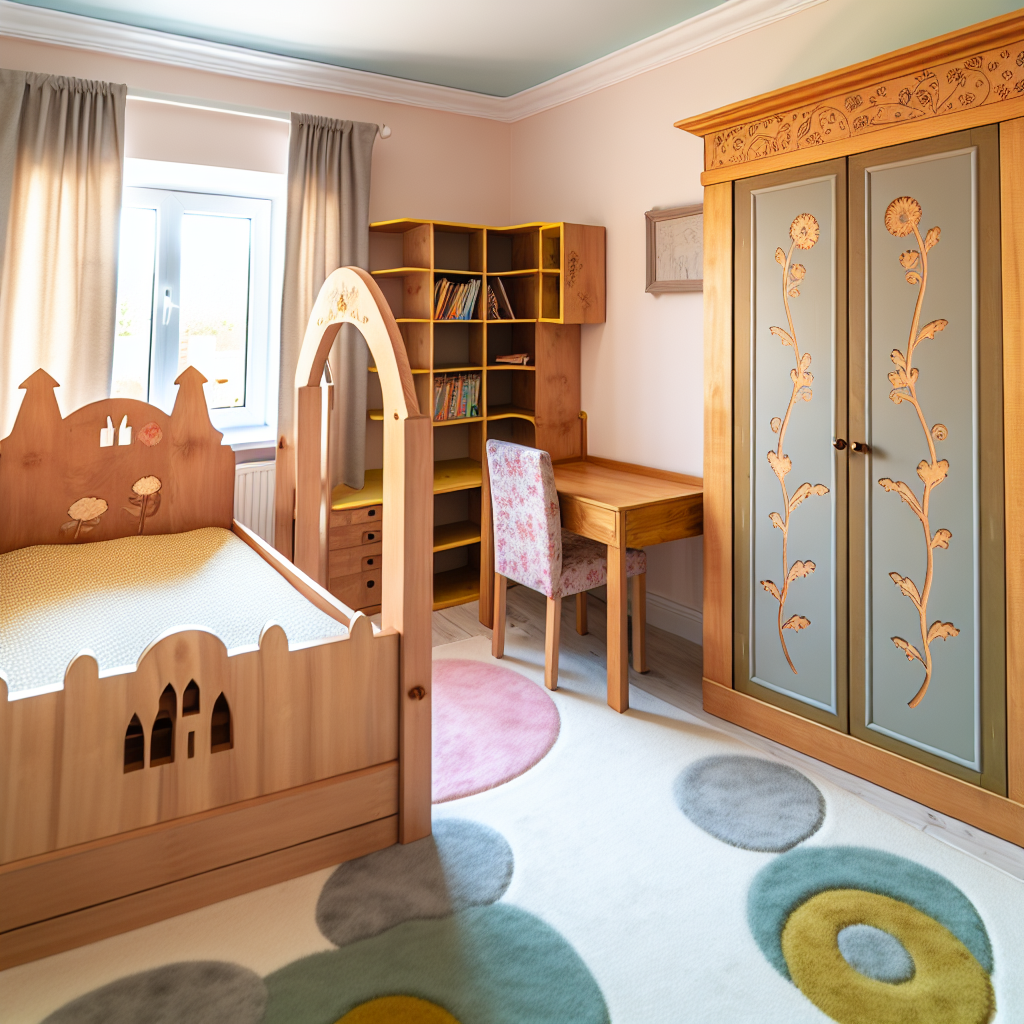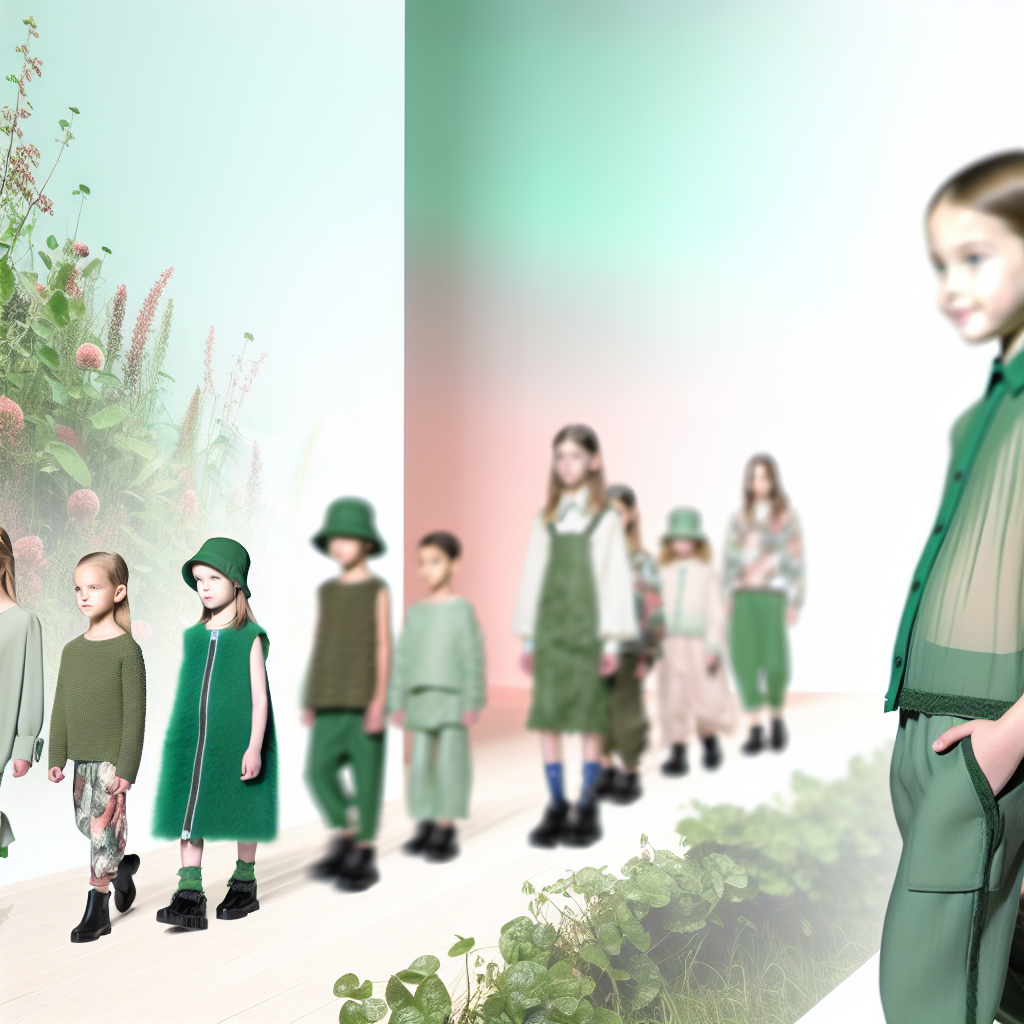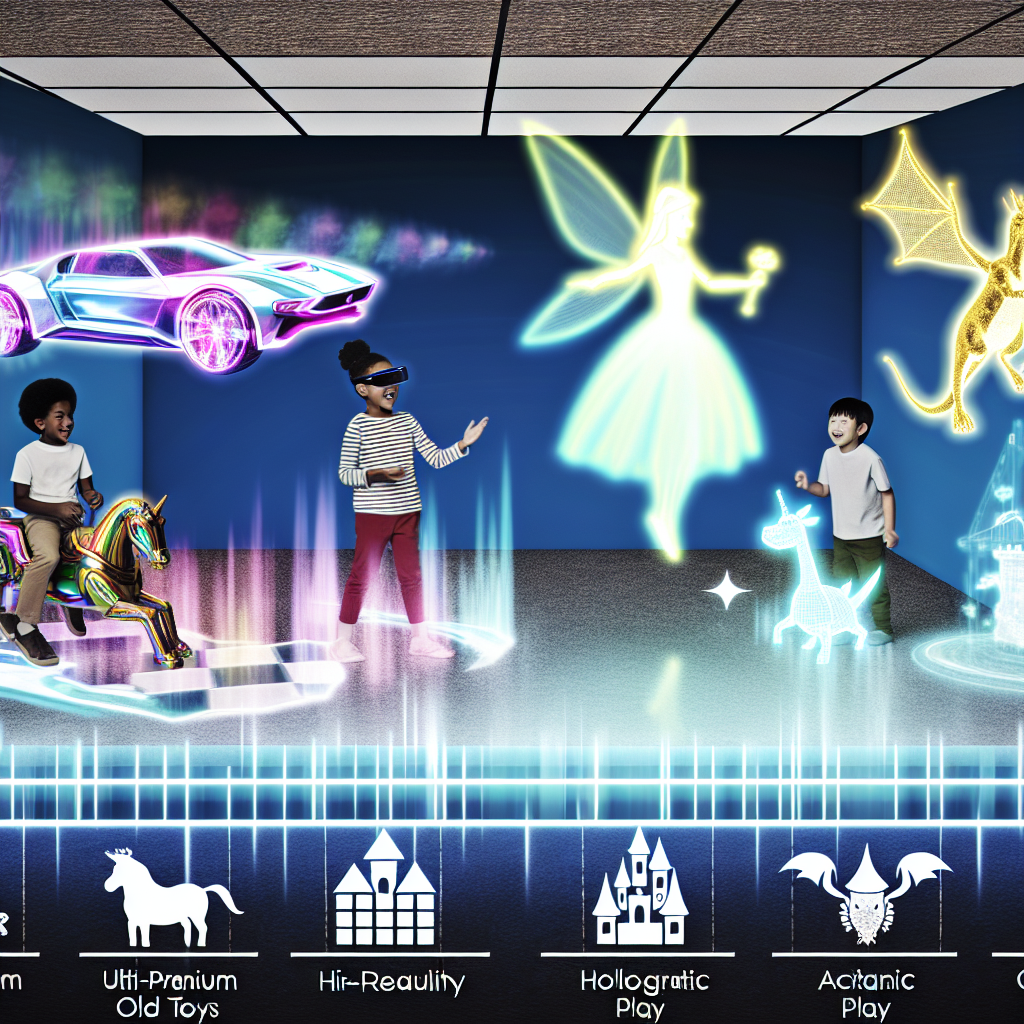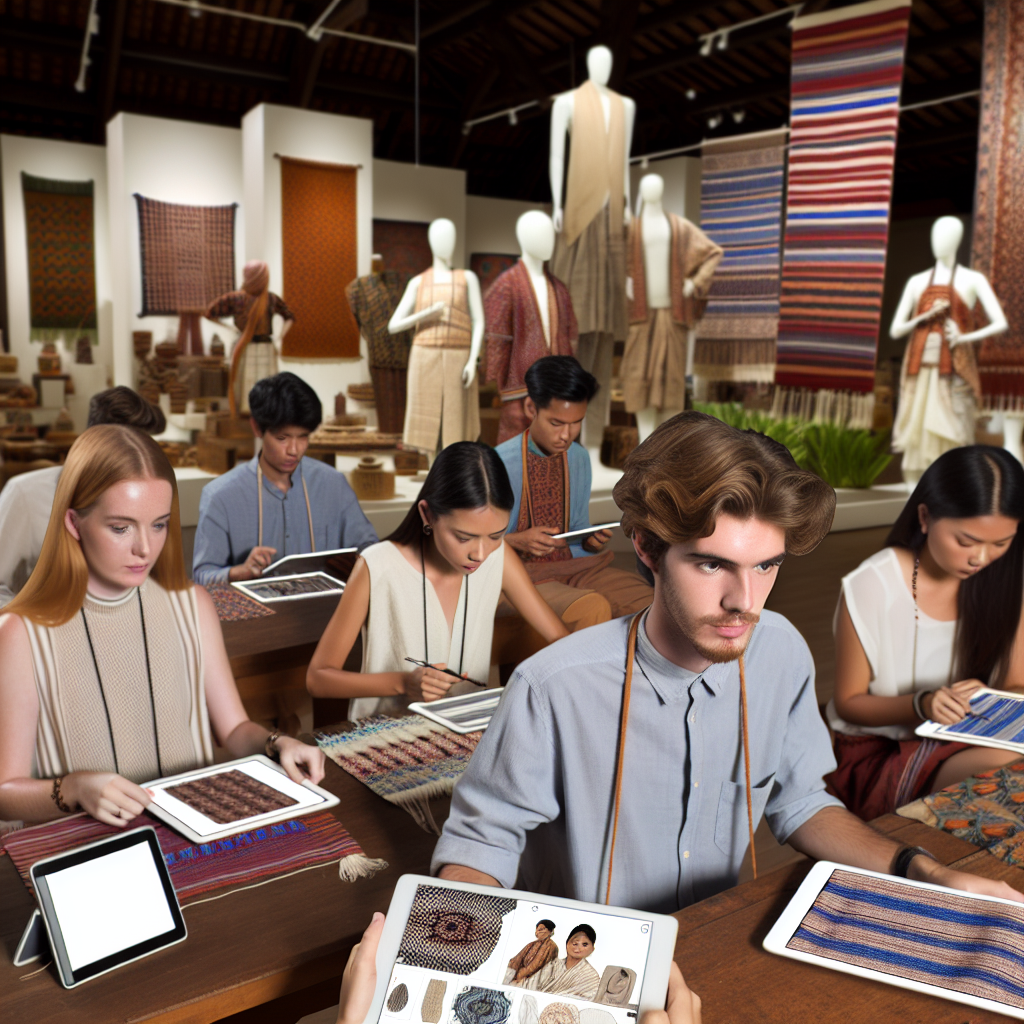Bespoke Furniture for Children’s Rooms
Introduction:
Designing a child’s room is far more nuanced today than it has ever been. For parents of means who seek to marry aesthetics with individuality, functionality with craftsmanship, bespoke furniture has emerged as the pinnacle of children’s room design. Gone are the days when off-the-shelf furniture was the only option for children—now personalization, sustainability, and ergonomic design are defining standards of luxury in family living spaces.
Bespoke furniture refers to custom-made pieces that are designed and crafted specifically for a particular client’s needs. For children, this may mean a bed carved to resemble their favorite fantasy character or a modular desk system that grows with them as they age. Luxury parents often find that customization allows them to integrate their personal style preferences while also creating an environment conducive to their child’s growth, development, and emotional wellbeing.
One of the most compelling advantages of bespoke furniture for children’s rooms is the sheer quality and intention behind every detail. Whether it’s utilising sustainably sourced timber, hypoallergenic finishes, or rounded edges for safety, bespoke designers consider every element. In a market increasingly driven by conscious, design-savvy parents, custom children’s furniture blends form and function, tailored directly to their child’s needs, interests, and developmental milestones.
Moreover, children’s rooms in high-net-worth households are now often viewed as experiential zones rather than mere sleeping quarters. Interiors serve as narratives that tell a child’s unique story—through curated design elements, Montessori principles, heirloom craftsmanship, and flexible layouts designed for both comfort and cognitive stimulation. Thoughtful spatial configurations promote independence, while tactile, engaging materials support sensory development and imaginative play.
Children do not yet know how to articulate what they need—but bespoke furniture gives parents the opportunity to mold spaces that balance whimsy and practicality. From a castle-inspired loft bed to an underground tunnel play nook, the possibilities are as limitless as a child’s imagination.
It is an investment—not just financially, but emotionally. Creating a bespoke environment for children signifies a serious commitment to holistic child development in both psychological and aesthetic terms. And in a world where today’s children face digitally saturated lifestyles, carefully curating their physical environments can offer grounded, analog sanctuaries where creativity and connection can thrive.
Features and Research-Based Benefits:
The benefits of bespoke children’s furniture extend beyond aesthetics and into the scientific and psychological realm. According to a study published in the journal Children, Youth and Environments at Cornell University, the physical environment of a child’s personal space significantly impacts their cognitive and emotional development. Custom-designed rooms that offer security, accessibility, and inspiration contribute to better sleep patterns, improved behavior, and even academic performance.
One notable design philosophy leveraged heavily in bespoke children’s furniture is the Montessori approach. Based on the research of Dr. Maria Montessori, the environment shapes a child’s independence, sense of order, and physical coordination. Custom furniture designed under Montessori principles typically includes low-level shelves to promote accessibility, ergonomic seating scaled to the child’s body, and multi-functional pieces that empower choice and creativity. The American Journal of Play supports these concepts, emphasizing the role of environment in self-directed learning and confidence-building.
Child safety is another critical consideration addressed through bespoke craftsmanship. Mass-produced furniture often fails to address specific spatial concerns in high-end homes or may lack materials approved by the Environmental Working Group for non-toxicity. In contrast, bespoke items often include responsibly sourced hardwoods, VOC-free paints, and custom sizing that avoids overcrowded layouts that could pose trip hazards or impede physical movement. Parents can request artisans to implement rounded corners, anti-tip mechanisms, and tailored heights—all proven to reduce incidents of domestic injury.
Occupational therapists also advocate for tailored designs. Stroke width in chairs, adjustable-height desks, and sensory-friendly materials (like velvet or untreated cotton) can support children with sensory processing challenges. Studies from the National Institute of Child Health and Human Development indicate that environmental changes tailored to a child’s sensory preferences can reduce anxiety and improve emotional regulation.
Additionally, longevity and adaptability are central to the bespoke ethos. Custom-made furniture can be designed with modular or convertible features—such as a crib that becomes a daybed, or a desk that scales from toddler crafts to teenage studies. This not only justifies the investment by ensuring years of usability, but it also aligns with sustainability values that many environmentally-conscious families prioritize.
Lastly, there’s a profound psychological benefit tied to identity affirmation. Just like adults enjoy spaces reflecting their personality, children thrive in environments that they feel ownership over. Bespoke options allow families to integrate a child’s favorite themes, colors, or interests, creating a daily environment that feels both supportive and stimulating. Whether it’s a nature-inspired reading nook or a vibrant art station, these personalized spaces can encourage children to express themselves confidently.
Conclusion:
Bespoke children’s furniture offers more than elevated aesthetics—it fosters a safe, nurturing, and creatively empowering setting for your child’s growth. By opting for customizable furniture grounded in research and built with exquisite care, luxury parents redefine what it means to “grow up in style.” Investing in tailored environments is not merely an indulgence but a thoughtful statement of love and intentionality.
To discover more about furnishing a luxurious world for your little ones, visit www.kidluxury.com for inspiration tailored to modern parenting.
References:
1. Children, Youth and Environments Journal
2. The American Journal of Play
3. Environmental Working Group
4. National Institute of Child Health and Human Development
5. Montessori Education

Dominic E. is a passionate filmmaker navigating the exciting intersection of art and science. By day, he delves into the complexities of the human body as a full-time medical writer, meticulously translating intricate medical concepts into accessible and engaging narratives. By night, he explores the boundless realm of cinematic storytelling, crafting narratives that evoke emotion and challenge perspectives. Film Student and Full-time Medical Writer for ContentVendor.com




